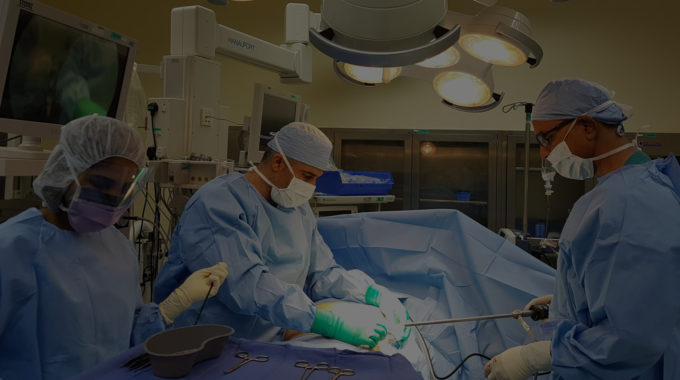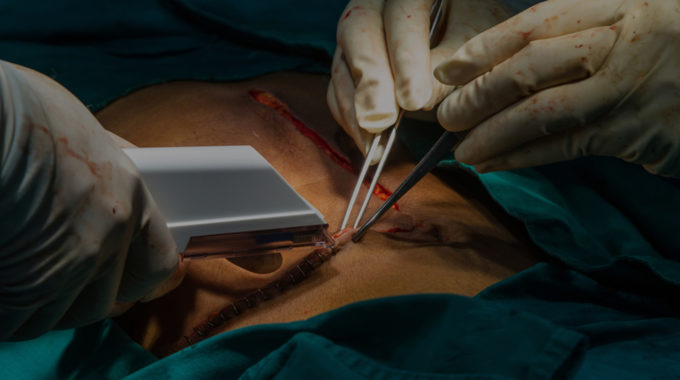
How to Diagnose a Hernia
- A physical examination is typically performed by the doctor:
- If the person has an obvious hernia, the physical examination will be sufficient and the surgeon will no longer require further tests to confirm diagnosis (or if the person is healthy otherwise.)
- If symptoms of hernia are being experienced, such as dull ache in the groin or body area or pain upon lifting or straining but without a noticeable lump, you will be asked to cough or stand up to increase the abdominal pressure while the doctor feels the area. Through this action, the hernia could become palpable. For an indirect Inguinal hernia, the doctor will need to invert the scrotum’s skin with his/her finger in order to feel the potential pathway and confirm the hernia’s location.
- The Surgeon may order an X-ray, an Ultrasound Scan or a CT scan as required.

The Surgeon may also ask specific questions about the Hernia to gather more information about its clinical status.
- When was the symptoms first noticed? (This won’t be asked if the hernia was just discovered by the doctor upon physical examination).
- Does the lump come and go? Can it be pushed back inside?
- Has the lump grown larger or painful in the past few weeks/days?
- What activities give you discomfort from the hernia?



